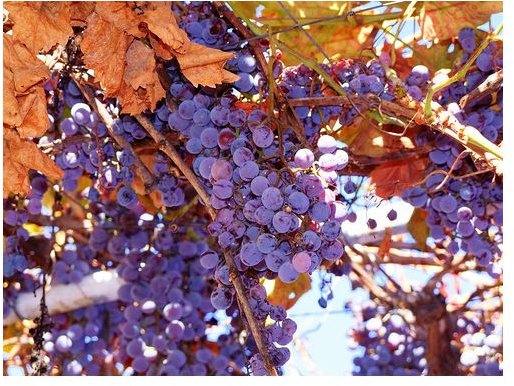Methyl Anthranilate: Uses, Safety, and Characteristics
Methyl anthranilate (MA), also called carbomethoxyaniline and methyl 2-aminobenzoate, is a food additive and bird repellent. It is used as an artificial flavor, best known as the flavor in grape Kool-Aid. Methyl anthranilate is found naturally in Concord grapes and related species and hybrids, as well as in a number of other fruits and herbs. According to the U.S. Food & Drug Administration, it is a GRAS (generally recognized as safe) additive, with no significant toxicity in mammals.
The main danger of the purified compound is flammability, with a flash point of 220° F (104° C). It is also a skin and eye irritant. In the amounts found in foods, it is not harmful.
Food Additive and Cosmetic Ingredient
MA’s odor is described as medium-strength and fruity, like grapes or orange blossoms. In addition to many foods, it is found in some cosmetic products such as shampoos. Artificial scents that may contain MA include grape, currant, passion fruit, banana, lemon, tangerine, orange blossom, “citrus,” “floral,” and “oriental.”
At right: Concord grapes, described as the flavor of methyl anthranilate. Image by “midiman” (Flickr). (CC) Some rights reserved.
Bird Repellent
MA repels birds when it is applied to crops, but does not harm them. It works by irritating pain receptors associated with birds’ senses of taste and smell. Birds find this compound unpleasant and tend to leave treated crops alone. It is more effective than the use of netting to prevent bird damage to crops (Umeda and Sullivan 2001).
Bee and Wasp Sting Inhibitor
MA has been shown to be effective at reducing the number of stings delivered by Africanized honey bees (“killer” bees) by as much as 95% (when used as an aerosol spray). It was 100% effective at preventing paper wasps (Polistes spp.) from forming colonies. (Pankiw, 2009) Killer bees are deadly because they are highly aggressive and typically deliver a large number of stings, so reducing the number of stings may help save human lives. Paper wasps are not especially aggressive towards humans and are mainly a pest, though they are considered an invasive species in New Zealand.
References
- Methyl Anthranilate Data from The Good Scents Company.
- T. Pankiw. “Reducing honey bee defensive responses and social wasp colonization with methyl anthranilate.” Journal of Medical Entomology 2009 Jul;46(4):782-8.
- Kai Umeda and Larry Sullivan. “Evaluation of Methyl Anthranilate for Use as a Bird Repellent in Selected Crops (PDF).” University of Arizona College of Agriculture 2001 Vegetable Report.
